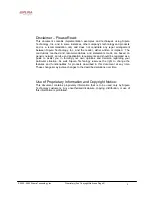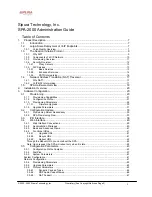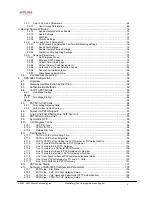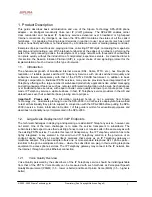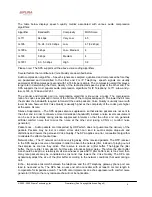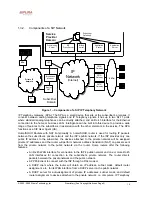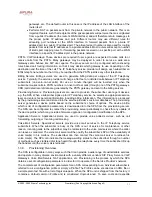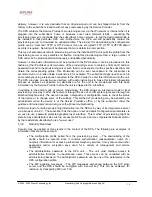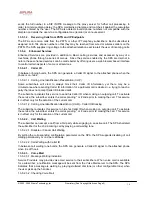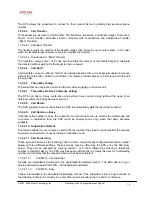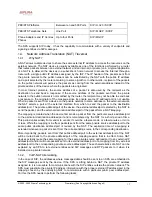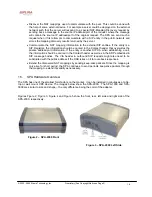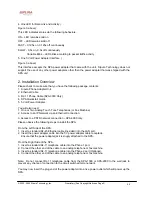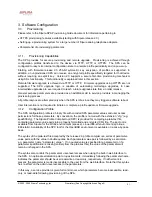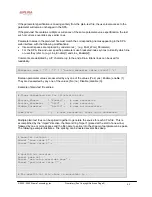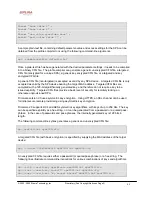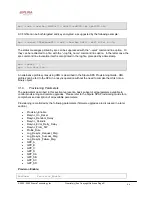
© 2003 - 2005 Sipura Technology, Inc
Proprietary (See Copyright Notice on Page 2)
10
1.3.2.
Components of a SIP Network
SIP
Proxy Server
PSTN
Gateway
Router
NAT
Provisioning
Server
PC
PC
Application
Server
ISP
PSTN
Gateway
PSTN
Gateway
Private IP
Network
PSTN
Billing
Server
Subscriber
Database
Subscriber
Domain
Service
Provider
Domain
Application
Server
Broadband
Modem
SPA
IP
Network
(Internet)
Figure 1 -- Components of a SIP IP Telephony Network
IP Telephony Gateway (SPA): The SPA is a small device that sits at the subscriber’s premises. It
converts between analog telephone signals and IP Telephony signals. It has up to two RJ-11 ports
where standard analog telephones can be directly attached, and an RJ-45 interface for the Ethernet
connection to the home or business LAN. Intelligence can be built into this device to provide a wide
range of features to the subscribers in association with the other elements in the service. The SPA
functions as a SIP User Agent (UA).
Home/SOHO Routers with NAT Functionality: A home/SOHO router is used for routing IP packets
between the subscriber’s private network and the ISP’s public network. If the ISP provides only one
public IP address to the subscriber, the devices attached to the private network will be assigned
private IP addresses and the router will perform network address translation (NAT) on packets sent
from the private network to the public network via the router. Home routers offer the following
features:
•
An R-J45 WAN interface for connection to the ISP’s public network and one or more RJ-45
LAN interfaces for connection to the subscriber’s private network. The router directs
packets between the private network and the public network.
•
A PPPoE client to connect with the ISP through a DSL modem.
•
A DHCP client where the router will obtain an IP address, subnet mask, default router
assignment, etc., for its WAN interface from a DHCP server on the public network.
•
A DHCP server for auto-assignment of private IP addresses, subnet mask, and default
router assignment to devices attached to the private network, i.e. computers, IP Telephony


